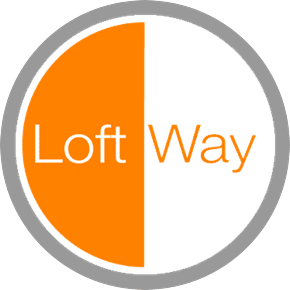About Hollywood
Hollywood covers a vast area starting at its eastern edge at Western Ave (the original 'western boundary' of the city of Los Angeles) and spans to the west to about Fairfax Ave. On the south, it is bordered by Melrose Avenue and on the north, Hollywood climbs up into the hills and ends at the ridge line at Mulholland Blvd.
The neighborhood has a rich history in early movie making where the streets were dotted with movie studios and supporting industries. "Bungalow Court" apartments -- horseshoe-shaped complexes of tiny houses -- were built to house the up and coming stars. Today, most of the movie companies have moved to either Culver City to the south or Burbank to the north but some of the old theatres are still here such as Grauman's Chinese. Adjacent to Grauman's is the Hollywood Walk of Fame, a series of brass plates imbedded in the sidewalk radiating from the intersection of Hollywood Blvd and Highland Ave commemorating all manner of entertainers in movies, theatre, TV and the music industry.
Read More ▾The Commute
Travel Methods
To City CenterHollywood Sales Data
Percentage change from latest quarter vs same time period previous year
Data compiled using 4th quarter 2023 data vs. same period from 2022
Demographics
- Filter by:
- Population
- Income
- Education
- Market Rents
Population by Age Level. Median Age 42.13. Households: 22,078.
In Thousand of Dollars. (Median Income: $73,214)
Population by Education Level
Fair Market Rents
Hollywood Schools & Education
Public & Private Institutions Of Learning
Education is provided by public, private and home schools. State governments set overall educational standards, often mandate standardized tests for K–12 public school systems and supervise, usually through a board of regents, state colleges, and universities. Funding comes from the state, local, and federal government. Private schools are generally free to determine their own curriculum and staffing policies, with voluntary accreditation available through independent regional accreditation authorities, although some state regulation can apply.
Where To Drink, Dine, Shop, Relax & Recline

































































































